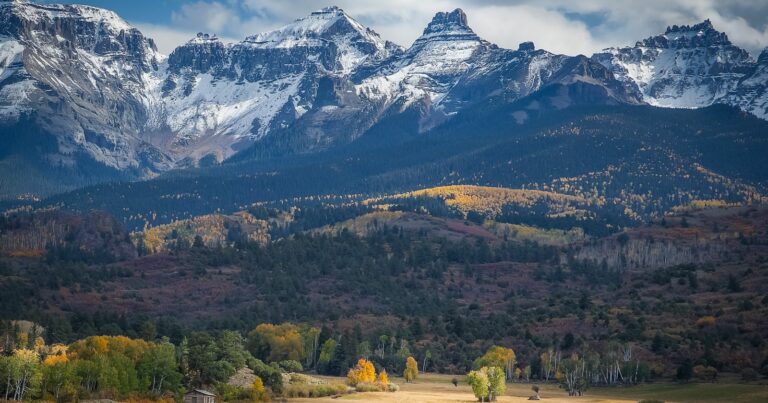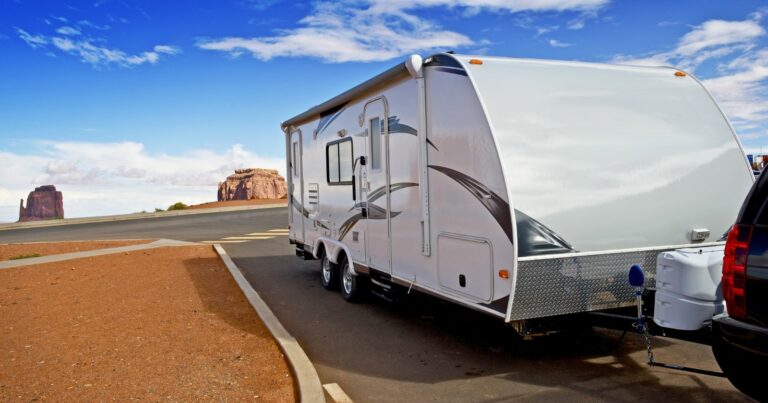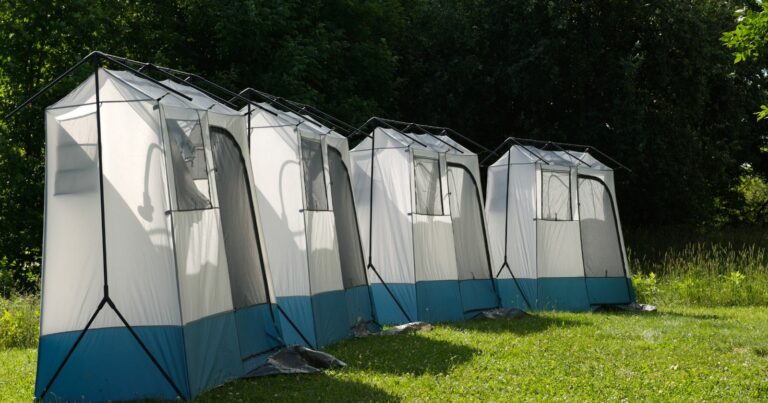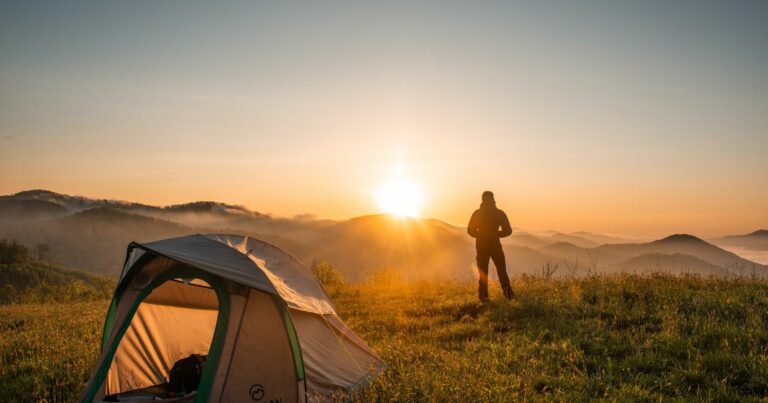How to Set Up a Campsite Safe From Fire
Sitting around a cozy campfire under the stars is one of the best parts of camping. But fire also poses serious risks that all campers must consider. Wildfires destroy millions of acres of forest each year, often started by abandoned campfires. You can enjoy campfires safely by taking key precautions when setting up your site.
In this post, I’ll share tips to prep your campsite in a way that minimizes fire danger. You’ll learn how to scout a safe location, clear away fuels, build a proper fire pit, have water on hand, and pack out all trash. Follow this advice, and you’ll be able to roast marshmallows worry-free.
The first step is finding a campsite situated away from flammable vegetation and sheltered from heavy winds. Seek out an established fire ring or pit, and check current fire restrictions. Once you’ve identified a safe camp location, thoroughly clear away any dried leaves, pine needles, or woody debris.
With your prep area selected and cleared, it’s time to build a proper fire pit or use an existing one. Dig a shallow pit surrounded by rocks and keep it a safe distance from tents and trees. Always have water or a fire extinguisher nearby in case of emergency. Extinguish fires completely before leaving your site.
By taking the right precautions with your camp setup and fire safety, you can enjoy cozy campfires without putting the forest at risk. In this post, I’ll walk through step-by-step how to choose a low-risk campsite and prepare it properly. Let’s keep those s’mores roasting safely all season long!
Choose the Right Location
One of the most important things you can do is pick the ideal spot to set up your tent and build your campfire. Here are some things to look for when selecting your campsite:
- Find an area that is sheltered from strong winds. Gusts can blow embers around and spread a fire quickly. Look for spots that are protected by rock formations, trees, or bushes.
- Stay away from dry vegetation. Avoid setting up camp in fields of tall grass, piles of dry leaves, stands of dead trees, or areas covered in moss. These materials act like tinder and can ignite rapidly.
- Look for an existing fire ring or pit. Established sites show where previous campers have safely built fires. The stones help contain flames and embers.
- Check local fire danger levels. Some areas may prohibit campfires completely if the risk of wildfire is very high. Call ahead or check postings to understand current conditions.
- Pick a site at least 30 feet from your tent. You want ample space between your sleeping area and the fire to prevent accidents.
Clear Away the Combustibles
Once you’ve picked your spot, the next step is to remove anything nearby that could catch on fire. Here’s what to do:
- Clear away dry grass, pine needles, leaves and brush from the immediate area, at least 5 feet around where you’ll place your tent and build your fire.
- Remove any fallen branches, sticks or logs. Even if they seem wet, interiors may still be dry enough to burn.
- Check for overhanging branches above. Trim back any dead or weak branches that could drop into the fire.
- Inspect for underground roots. Clear out any dead roots protruding from the soil that could act like kindling.
Build Your Fire Pit Properly
Many parks now require using established fire rings or pits. If none exist though, you’ll need to construct a safe enclosure for your campfire. Here are some tips:
- Dig a pit about 1 foot deep and 2-3 feet across. This contains the fire and allows it to burn down into the earth.
- Circle the pit with large stones. Rocks help prevent spreading by blocking direct wind flow and catching rolling embers.
- Place your fire in the center, not at the edges. This stops it from growing outside the pit or catching on surrounding objects.
- Keep your fire at least 15 feet from tents, trees or other flammables. Embers can travel surprisingly far, so allow ample distance.
- Build fires away from overhanging branches. Sparks rising up could ignite dry leaves above.
Take Safety Precautions
Once your campfire is built, you still need to act cautiously to prevent accidents or spreading flames. Here are some key fire safety steps:
- Keep a bucket of water or fire extinguisher nearby. You need to be able to douse the flames quickly in an emergency.
- Never leave a fire unattended. Stay next to the campfire and supervise it at all times.
- Establish a clear perimeter. Mark off an area at least 10 feet around the fire that is free of tripping hazards.
- Avoid long trailing clothes. Flowing garments can easily catch embers if they blow your way.
- Be careful adding more wood. Stack logs carefully to prevent collapse, and add fuel slowly to keep things under control.
- Don’t allow horseplay or games near the fire. Distractions increase the chance someone could stumble and fall.
Extinguish Properly When Done
Before turning in for the night, you’ll need to completely extinguish your campfire. Follow these guidelines:
- Allow the flames to fully die down first. Never try to put out a raging fire. Let it burn down to embers first.
- Pour lots of water over the fire, drenching embers. Stir the coals and ash with a shovel to expose any hidden hot spots.
- Continue adding water and stirring until cool. Check by placing your hands directly over the ashes. All heat should be gone.
- Scatter the wet remains outside the fire pit. Break apart logs and spread out the ash so nothing is left concentrated.
- Check the perimeter for stray embers. Wind may have carried hot cinders outside the pit. Pour water on any you find.
- Do a final walk around your site before bed. Look for wisps of smoke that could indicate a smoldering source.
Follow Leave No Trace Principles
In addition to fire safety, you should follow Leave No Trace ethics when camping to protect the wilderness. Be sure to:
- Pack out all your garbage so nothing is left behind to burn.
- Dismantle any structures built from forest materials.
- Avoid cutting or damaging live trees and plants.
- Stick to designated trails to prevent trampling delicate vegetation.
- Leave your site looking cleaner than when you arrived.
Camping in the outdoors can be a peaceful, rewarding experience when done safely. Following these guidelines will help ensure your next camping trip goes off without any unwanted extra “fireworks”! Practice fire prevention and take time to appreciate nature – you’ll be glad you made the effort.







